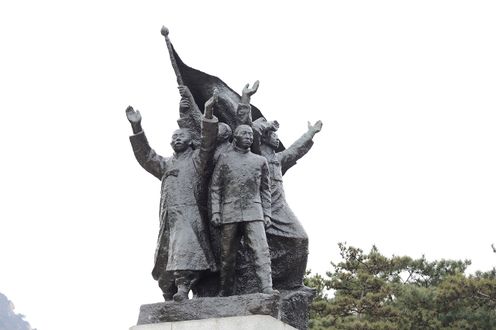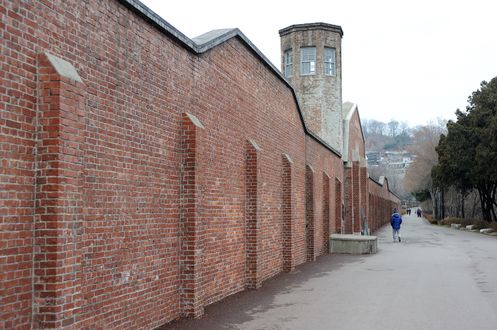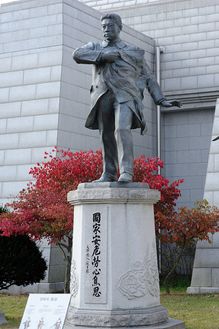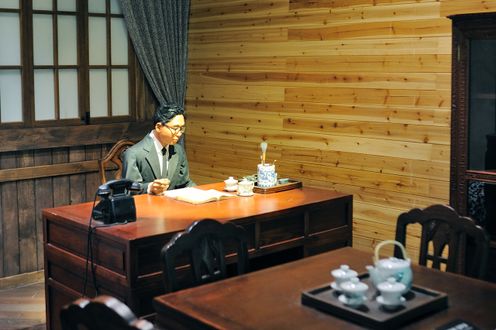Shouts for Independence through Wails of Sorrow - The Japanese Occupation Period
Leading up to the annexation, Japan had been surreptitiously making plans for colonization for over 30 years, beginning with the unfair and forced treaty making Korea open its ports in 1876. In the 1890s, Japan made China sever its relationship with Korea following the Sino-Japanese War, assassinated of Queen Min, forced the Korean Empire into debt, and sent spies to map the country to facilitate quicker implementation of colonial infrastructure upon annexation. Korea was declared a protectorate of Japan in the Eulsa Treaty (Treaty of 1905), which was not signed by King Gojong himself, but rather five Korean ministers who were forced to do so at the threat of death. Korea was fully annexed in 1910, via a treaty that was again not signed by King Sunjong, but a pro-Japanese minister who stole the royal seal.
Upon annexation, Japan began the rapid industrialization of Korea for the purposes of extracting resources, destroying over 90% of major cultural heritages like the city walls and gates as well as palace buildings in the process[1]. A key symbol of such desecration was the Governor-General's Building, which was built on the site of Gwanghwamun Gate, the main gate of the official palace of the Joseon Dynasty. Other cultural artifacts were taken to Japan, over 30,000 of which remain there today[2]. Industrialization led to a population boom along with urbanization around Seoul, although its economic benefits were largely restricted to the Japanese and pro-Japan collaborators. The colonial government defacto forced Koreans to take Japanese names, suppressed Korean-language media, and suppressed Korean culture. People were also forced to worship at Shinto shrines, and those who refused, including foreign missionaries, were deported. During World War II, the Japanese forced Koreans into labor, including as comfort women, who were sex slaves for the Japanese military. Koreans also were experimented on and died in Unit 731, a secret military medical experimentation unit. After World War II, Japanese were forced to surrender the Korean territory, which was temporarily divided between the United States and the Soviet Union along the 38th parallel.
Throughout the occupation, Koreans engaged in many efforts for independence. Prior to Korea's annexation, ordinary citizens started the National Debt Repayment Movement in an attempt to pay back the debts Japan had forced on Korea. The most famous independence movement began on March 1, 1919, when the Korean Declaration of Independence was signed by 33 activists. Following this declaration, over 2,000,000 Koreans participated in more than 1,500 independence demonstrations[3]. The movement was met with harsh suppression,with tens of thousands killed, injured, or arrested sent without trial to the Seodaemun Prison. It was also at this time the Provisional Government of the Republic of Korea was established, a government in exile which moved around various cities in China throughout the remaining duration of the occupation.











